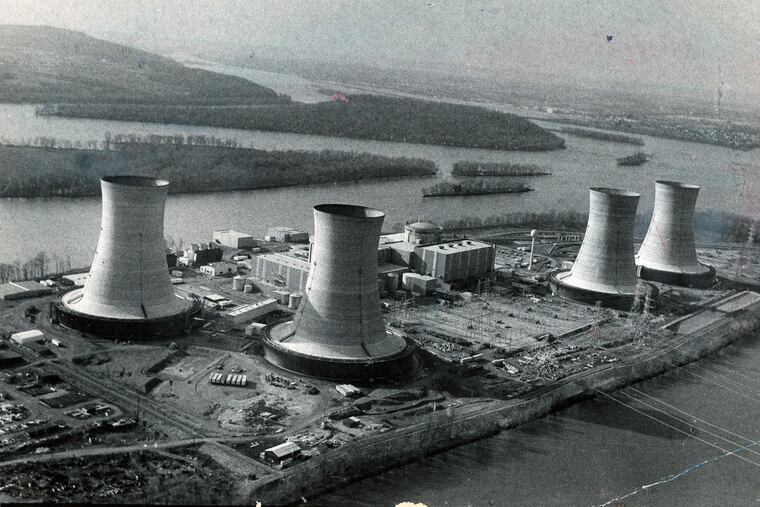The dark side of nuclear power
Considering nuclear as a climate-friendly source of power only works if you ignore the environmental costs entirely.

Considering nuclear as a climate-friendly source of power only works if you ignore the environmental costs entirely.
